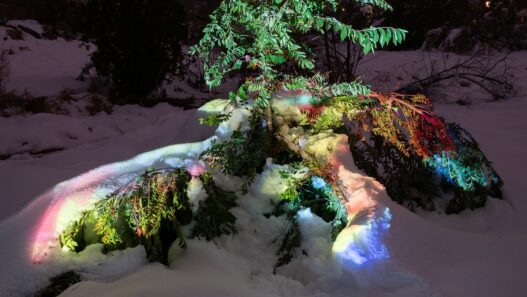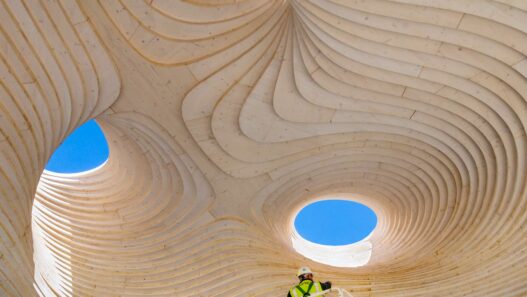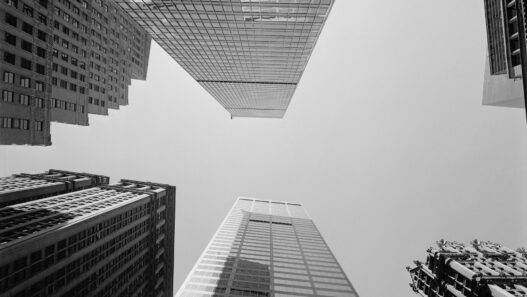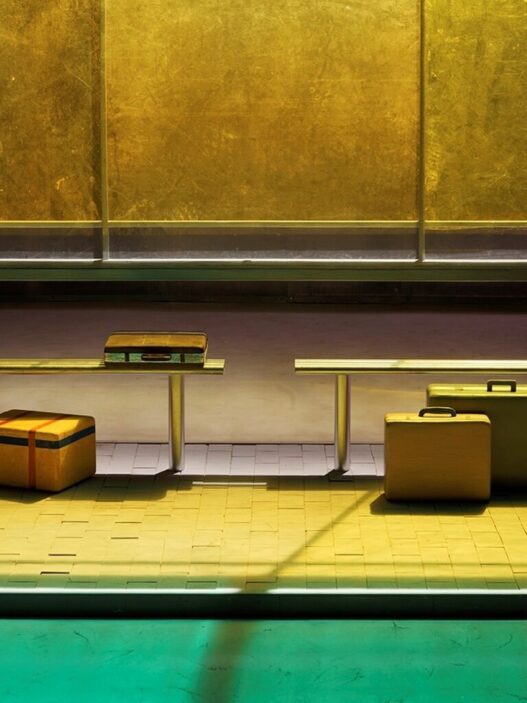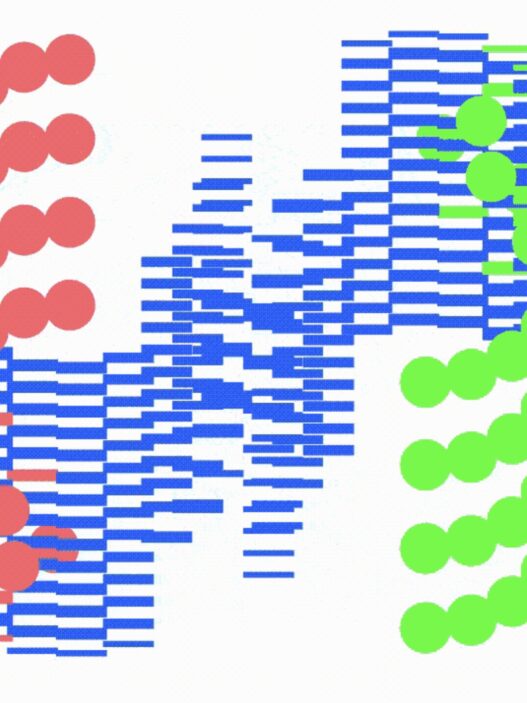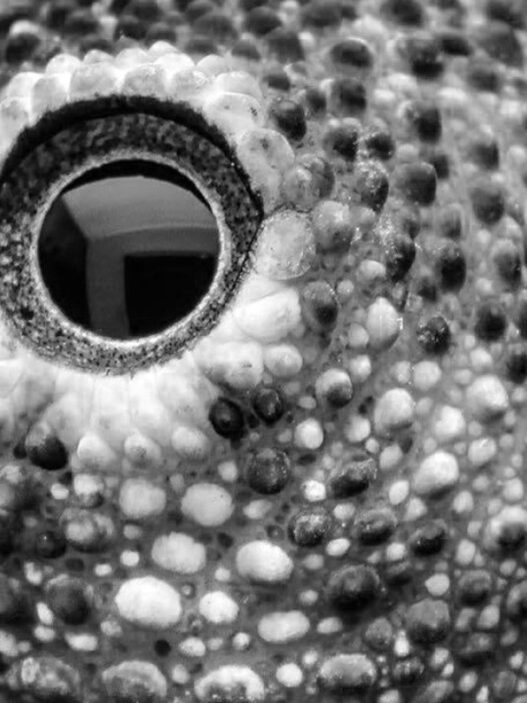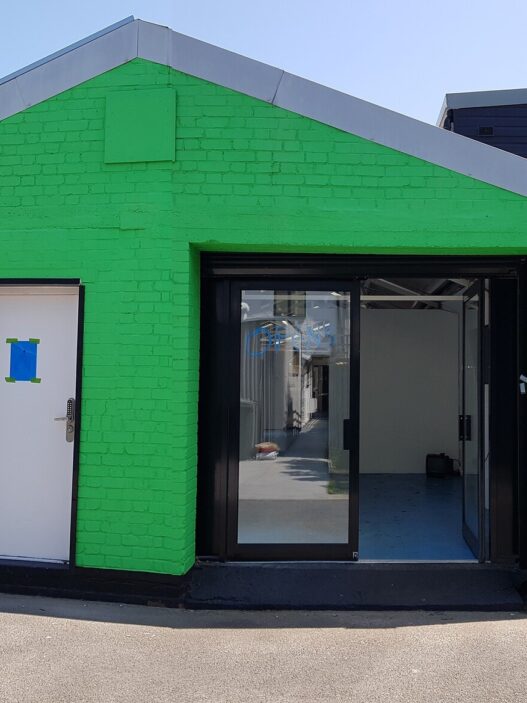Beauties, Ghosts and Samurai
Japan’s pop culture tradition from Edo period ukiyo-e to 20th-21st century manga, anima and sūpā furatto
July 19–October 13, 2024
From July 19 to October 13, 2024, the National Gallery of Art at the Lithuanian National Museum of Art will present a captivating exhibition titled “Beauties, Ghosts, and Samurai.” Curated by Dr. Arūnas Gelūnas, Director General of the Lithuanian National Museum of Art, this exhibition delves into the rich tapestry of Japanese popular culture, tracing its roots from the Edo period (17th-19th centuries) to contemporary manga, anime, and sūpā furatto (superflat) art.
Dr. Gelūnas explains, “Pop culture becomes influential when it extends beyond the elite to the general public. In 17th century Japan, after a tumultuous era of feudal conflict, peace allowed ordinary people to engage in leisure activities and create entertainment, marking the rise of pop culture. This exhibition encourages visitors to reconsider the value of pop culture and recognize its empowering influence.”
The exhibition showcases a diverse array of artworks, including historical ukiyo-e prints, early and contemporary manga, anime film excerpts, and pieces by prominent modern Japanese artists. It aims to reveal the fascinating connections between contemporary pop culture artifacts, such as video game posters and manga comics, and their historical origins.
Pop Culture’s Roots in 17th Century Edo
Edo (now Tokyo), the world’s largest city in the 17th century, saw the emergence of a vibrant leisure and entertainment district for non-noble citizens, the Yoshivara Entertainment District. Here, popular culture flourished with the birth of kabuki theatre, ikebana flower arrangement, haikai poetry, and the colorful ukiyo-e woodblock prints. This period marked the first time a politically marginalized group produced high-quality art for their own enjoyment.
The exhibition features works by over 70 artists, including iconic figures such as Katsushika Hokusai, Takashi Murakami, Kitagawa Utamaro, and Osamu Tezuka, the “Manga God.” By juxtaposing these works, the exhibition highlights the enduring influence of the Edo period’s socio-cultural revolution on contemporary Japanese pop culture, which now spreads globally through digital media.
Themes of Temptation, Fright, and Valor
The exhibited works are organized into three main themes: beauties (bijin), ghosts (yōkai), and samurai (bushi). These themes have captivated audiences since the 17th century and continue to do so today. The exhibition reveals how these motifs are echoed in modern love and erotic dramas, horror films, comedies, thrillers, action movies, and video games, reflecting the consistent human desire for entertainment that tempts, frightens, and inspires.
Dr. Gelūnas notes, “Pop culture aims to captivate audiences with tales of bravery, strength, and humor. These themes remain relevant, proving that despite the passage of centuries, human beings seek similar forms of entertainment.”
National Gallery of Art, Vilnius
Konstitucijos pr. 22
LT-08105 Vilnius
Lithuania


